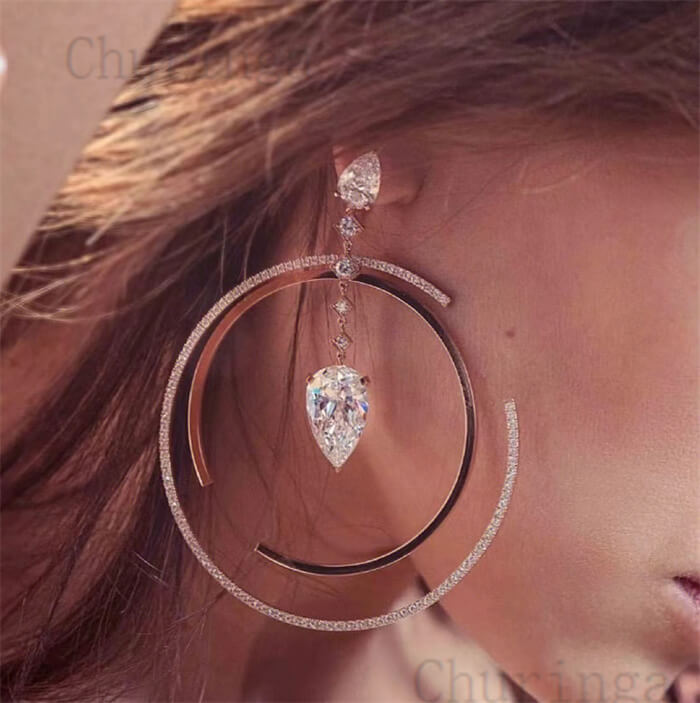When describing any long cylinder, the terms ‘pipe’ and ‘tube’ are often used interchangeably despite the fact that there are actually several differences between them. Knowing when to use tubes vs pipes is thus rather important when it comes to determining the requirements for your projects.
Tubes vs Pipes – Know the Difference
TUBES
Tubes are most often used for medical applications, construction and the military.
Tubes come in a variety of shapes – round, rectangular or square.
Tubes are generally used for applications requiring a much smaller diameter and can be made to custom sizes. The measured outside diameter (OD) and stated OD of a tube are also generally within close tolerances of one another which contributes to the higher cost of tubing.
Tubes are usually seam welded due to being used in structural and weight bearing applications and are inherently stronger than pipes.
Tubes can be formed or bent to custom configurations.
PIPES
The main application for pipes is for the transport of liquids such as water, oil and propane, gases (fluids), slurries, powders and masses of small solids.
Pipes are always and only round in shape
Pipes are generally much bigger than tubes and can accommodate applications from around 1cm to a couple of metres in diameter. The inside or nominal diameter of a pipe will thus indicate how much liquid or gas can flow through the pipe.
Pipes have a pressure rating and the measurement of the piping required must fall within the accepted transport or distribution pressure range.
Due to their application, pipes are generally seamless to ensure that there are no leaks.
Pipe assemblies are almost always constructed with the use of butt-weld fittings such as elbows and tees.
Tubes vs Pipes – Practical Applications
Everywhere we go, we are surrounded by tubes and pipes, whether at home, on the move or at work.
Tubular steel constructions have become an indispensable element of modern building technology. Steel tube combines high strength with low weight. They are used for applications such as supports in steel superstructures and binders in the building industry, lattice masts for overhead and overland transmission lines, lighting, bridges, railings, television towers and roof constructions in halls or sports stadiums.
Tubing is also popular as a building element for temporary construction such as building scaffolds, sheds, spectator stands and podiums for public events.
In plant engineering applications, steel tubing is used to make shelves, ladders, worktables and frames for machinery such as shafts and cylinders in hydraulics and pneumatics.
A great volume of tubing is used for the manufacture of camping equipment, in the furniture industry, vehicles, cycling equipment and domestic appliances.
Steel pipes are strong and exposed pipes are more enduring of the elements. They are used for general plumbing as well as pipelines for the unground transport of water, other liquids and gas over long distances.
Pipes are also used in construction to protect electrical wires and in instances when the pipe is not put under a high degree of stress.
The use of pipes is invaluable in factories which need to ensure the safety of what they produce from assembly lines and water treatment facilities to refineries as well as in dairy and food processing plants.
Other applications for the everyday use of piping includes guardrails, handrails, general railings, support structures, scaffolding, flagpoles and streetlights, to name a few.
Steelmor is the leading supplier and manufacturer of stainless steel in South Africa. In addition to offering expert pipe rolling services, Steelmor is also a national stockist of instrumentation tubing. So, when it comes to deciding on tubes vs pipes, please feel free to give us a call for expert advice and products.

